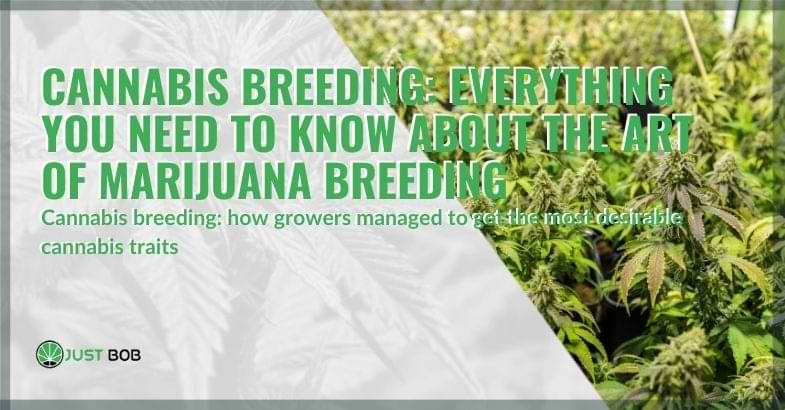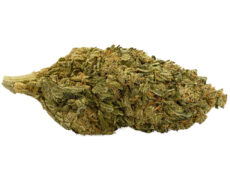Modified on: 19/04/2024
CANNABIS BREEDING: HOW GROWERS MANAGED TO GET THE MOST DESIRABLE CANNABIS TRAITS
How does breeding work and why does it enjoys all this popularity?
If you have decided to open this article, it means that it has intrigued you too.
-
 SMALL & BIG
SMALL & BIGBUBBLEGUM
Indoor | CBD – CBDA<22%
Starting from:EASTER SALE -10%
1,25CHF1,10CHF/gGrams3 5 10 20 50 100 -


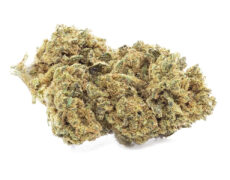
DO SI DOS
Starting from: 2,00CHF/gIndoor | CBD – CBDA < 19%
Grams3 5 10 20 50 100 -


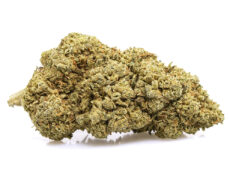
ROYAL GG#4
Starting from: 2,30CHF/gIndoor | CBD – CBDA < 40%
Grams3 5 10 20 50 100 -


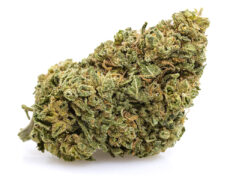
GORILLA GLUE
Starting from: 2,90CHF/gIndoor | CBD – CBDA < 20%
Grams3 5 10 20 50 100
In fact, this technique is very famous because it allows you to get the most desirable traits of the marijuana plant.
But how is that possible?
In this article we will see to understand how.
The basics of cannabis breeding
Cannabis plants, such as CBD Cannabis plants, can be both male and female, but consumers are especially interested in female plants, because only the latter produce the sticky buds that we all know.
But male cannabis plants are important for the reproduction process, as they are necessary to pollinate the females that produce buds.
Take for example the Super Lemon Haze variety: it is a hybrid of Super Silver Haze and Lemon Skunk. At one point, the selector decided that he liked some attributes of Super Silver Haze and others of Lemon Skunk and decided to combine them.
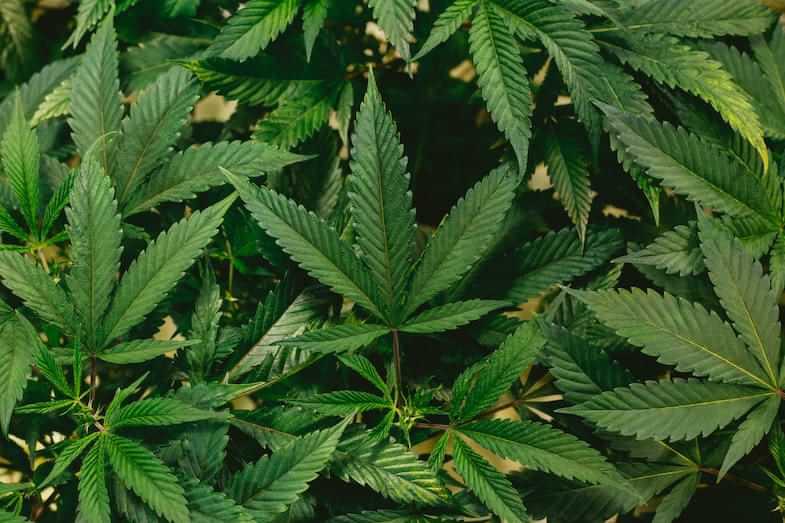

To do this, it is necessary that a male of one variety pollinates one female of the other. Once pollinated, the female will produce seeds that express the genes of both plants; then, these seeds will be collected and grown separately.
Here comes the breeding, or the selection of desirable traits of cannabis.
You understand that this complex interaction requires a lot of time, effort and resources from the recruiter.
Breeding cannabis, as it is practiced today, began in the 1970s. From the beginning, one of the main objectives of the selection was to increase the potency of cannabis, which at the beginning was 3-5% of THC in mass. Cannabis potency has steadily increased to an average of about 17-25% in modern strains. In fact, modern sorters look for unique aromatic traits to make their products stand out among the competition. In addition, we look for traits that promote pest resistance, as mold and insects tend to feed on cannabis.
Read also: THCA: the active ingredient in cannabis you don’t expect
But how does breeding work?
The selection process takes place for generations. A plant that has a shorter flowering time but is vulnerable to pests could be crossed with a plant that has a respectable resistance to a variety of pests. The first generation of offspring produced by a first crossing between two strains is called the F1 hybrid; some may show better pest resistance than others. Plants can then be crossed again to further increase these characteristics, producing a second generation, or F2 hybrids.
This process can be repeated, using the best plants of each generation to selectively fix these traits. A breeder may infer that traits are fixed in its hybrid line after cycles of crossing with the best male and female hybrids of each crop when successive generations do not differ in the presentation of the targeted traits seen in previous generations.
At this point, the genetics of the hybrid line is considered stable and should produce plants identical to the stabilized hybrid parents. Once the genetics have been stabilized into a variety, its seeds can be sold to individuals who want to grow a similar crop. However, these individuals often live in very different climates, which can affect the outcome of the harvest.
Initially, the seeds are simply grown in the new climate. Among the newly grown plants, those that have shown better adaptation to environmental conditions will be crossed with each other to produce seeds that are better suited to the new environment.
Breeding and varieties of cannabis
Generations of growers before us have traveled the world looking for landrace cannabis and CBD weed strains, so that we could all benefit from a huge gene pool for our breeding programs. A landrace variety is a locally grown variety, developed by residents of that area.
So, a grower could visit an area where local growers have a unique cannabis variety. Sometimes their local variety presents new desirable traits that have never been seen before (a particular color, taste, smell, potency, etc.).
In addition, many growers take the seeds to grow them themselves. A landrace collector could take dozens of seeds with him, so as to preserve the genetics of these local varieties. These seeds are then mixed with other breeding strains to capture these traits in new plants.
But that ‘s not all.
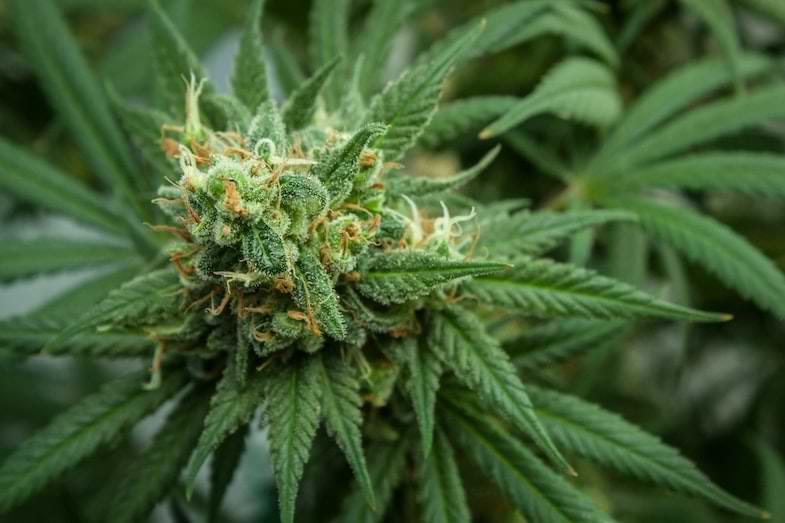

A famous example of a local plant that has upset the world of cultivation is the plant ‘ruderalis’. People may not consider it a landrace, since it does not seem to be actively cultivated by local growers, but it’s a local plant that’s been featured in many breeding programs around the world.
In the wild, ruderalis is a small, mangy cannabis plant (where CBD Flowers come from too) that grows in extremely cold climates with short summers. The buds are not powerful and the plants are lean, but they have one very important feature: the ability to ‘autoflower’ after a few weeks, regardless of the light times.
In fact, unlike most other strains, autoflowers don’t depend on light times. Instead, they start growing buds and are ready for harvest in a few months, no matter what.
One day, an enlightened grower realized that this autoflowering feature could be useful for growers. However, the wild variety of ruderalis would never have been useful to growers in its original form, as it had low THC levels and the buds were tiny. Growers then began to cross autoflowering varieties with high-potency quality cannabis varieties.
The original crosses created relatively small and low-potency plants, but growers continued to refine and stabilize autoflowering varieties. Over the past decade or so, many breeders around the world have worked together to isolate the autoflowering trait in plants that produce high-powered buds and great yields.
Thanks to the continuous reproduction of ruderalis plants with potent cannabis strains, we now have strains that have retained the autoflowering feature but are just as powerful and beautiful as modern strains. Several growers now have an autoflowering version of their regular strains.
Read also: Treatment of cannabis pests: chemical and natural solutions
Conclusion
In conclusion, over the years the hemp growers have been able to take a scruffy hemp plant and eliminate everything except the autoflowering trait, giving them the power to create powerful autoflowering varieties worldwide.
Thanks to the application of breeding, it is now possible to create varieties with desirable traits and characteristics never seen before.
See you on Justbob!


